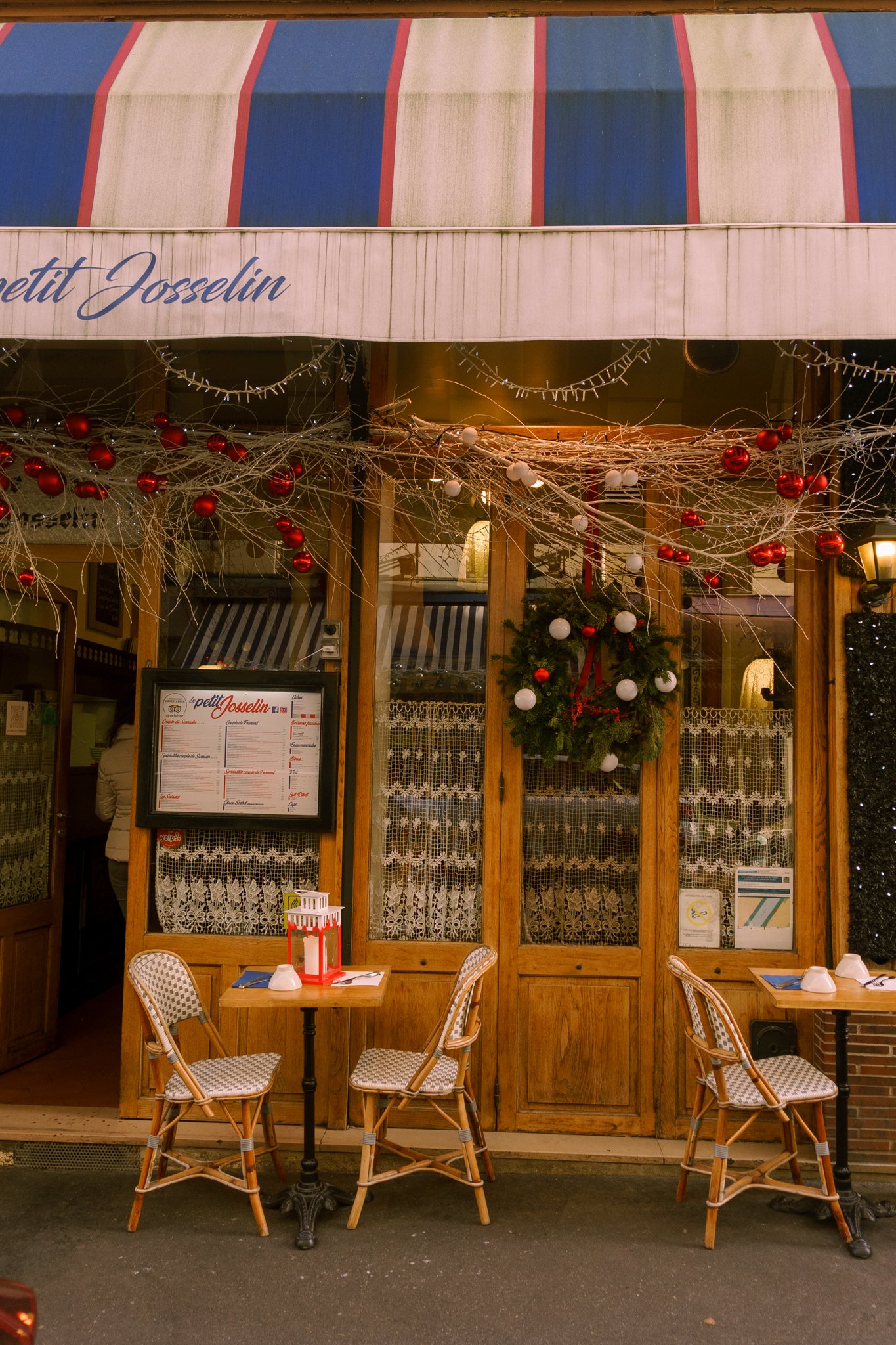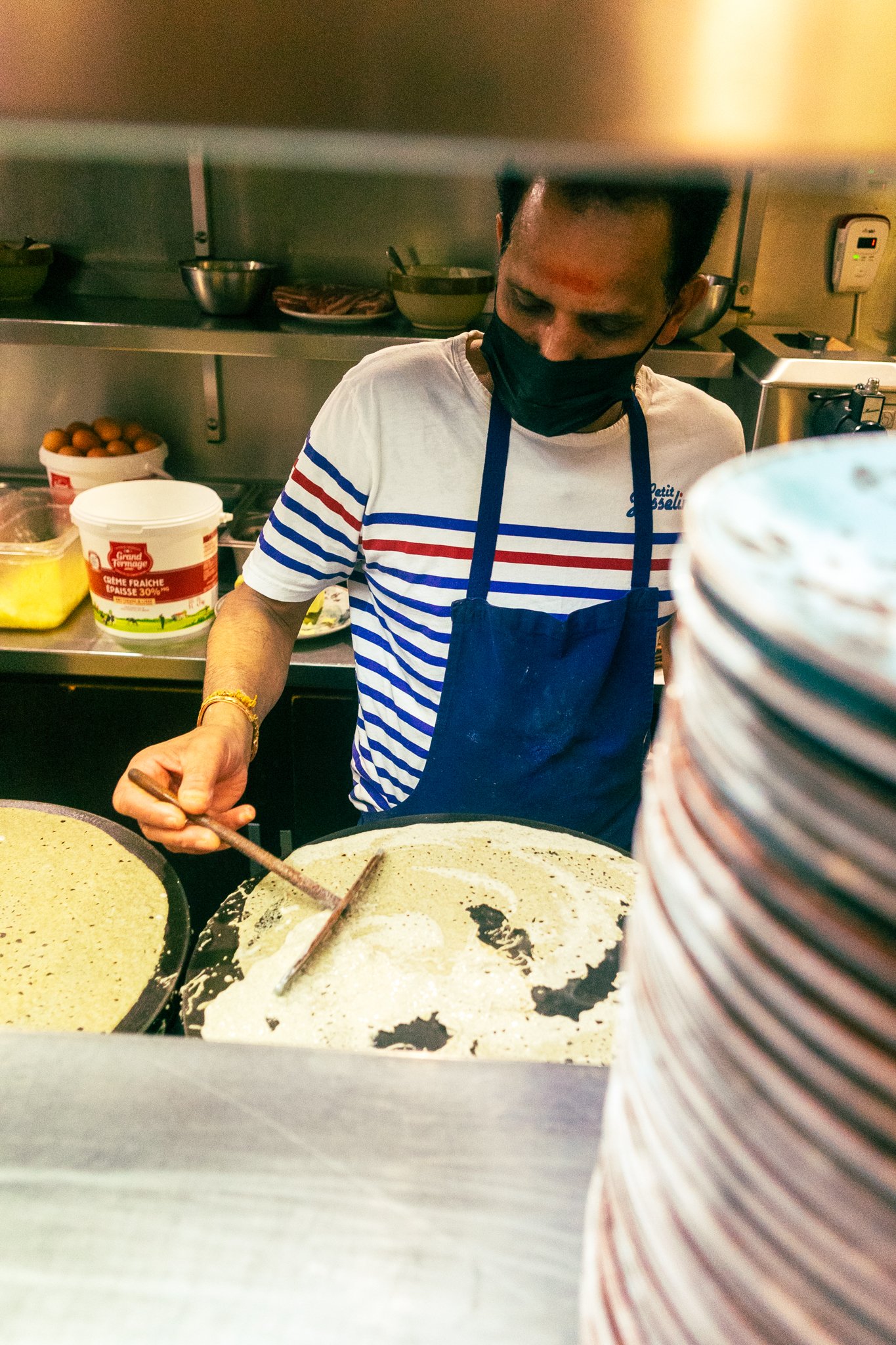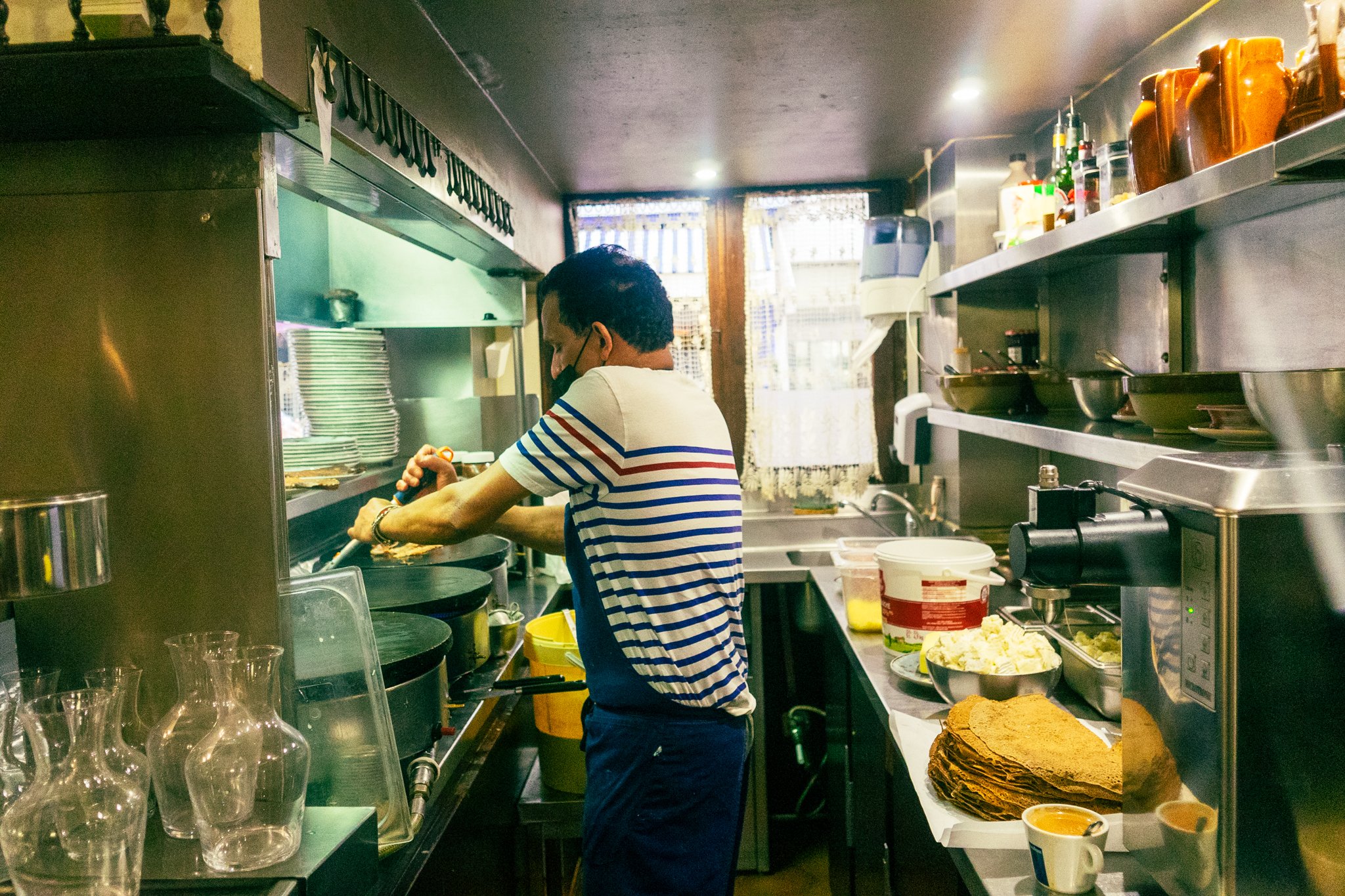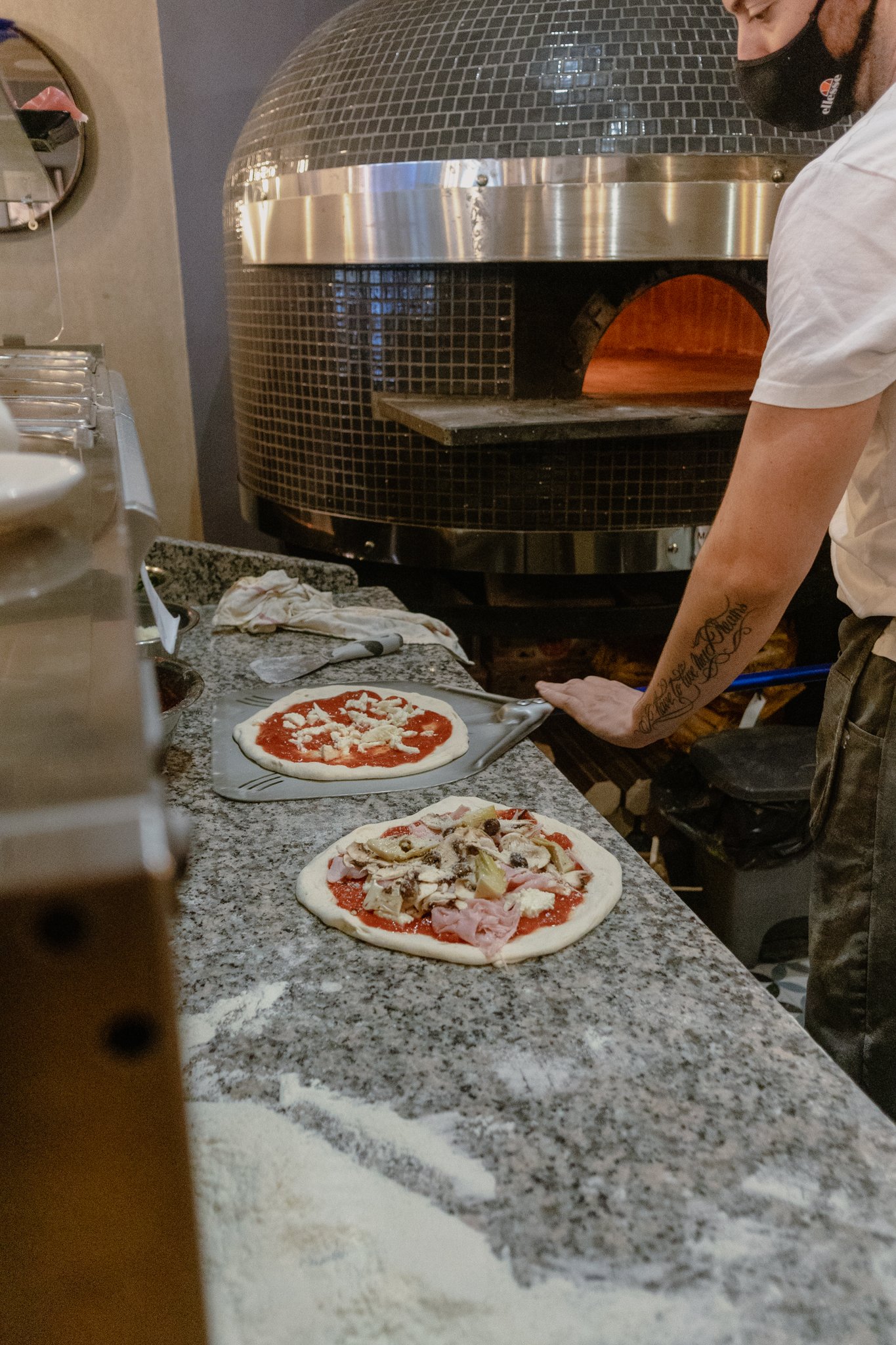words and photos by Shab Ferdowsi
Until a month ago, the main kind of crêpe I had eaten was filled with an unruly, albeit somehow acceptable, amount of Nutella. As I scoped crêperie menus searching for ones to try in Paris, I quickly realized how little I knew about crêpes at all.
The crêpe that I’ve known is made with regular flour, and on Parisian menus, this type of crêpe is always meant to be sweet. Its savory counterpart, however, is called a galette and hails from Brittany. Made with buckwheat flour (which gives it a dark brown hue), the galette is a Breton dish traditionally served with a cup (or rather, bowl) of Breton cider.
In searching for restaurants near my apartment in the 14th arrondissement, I found a cluster of crêperies lining a couple of streets near the Montparnasse train station. Peculiar— why would they all decide to open up in the same neighborhood?
I decided to do some digging, and found a kind crêperie owner to give me the inside scoop!
Le Petit Josselin
Le Petit Josselin is the little sister to Le Creperie de Josselin just up the street, but historically the first in the family’s name. The small restaurant was opened first over 50 years ago by the owner’s parents— Marie-Therese, a Breton from the city of Josselin, and Giorgio an Italian ex-pat. As it gained popularity, they moved over to a bigger space up the street. Now, both restaurants still bustle on the Rue de Montparnasse, with guests forming lines even in the middle of the day on a Friday when I visited.
Giorgio Benuzzi, owner of Le Petit Josselin
A bowl of Breton cider and a buckwheat galette, filled with spinach and cheese, topped with ham and an egg
When I walked into Le Petit Josselin, I was met with an ecstatic smile and a fist pump from the owner, and the original founders’ son, Giorgio Benuzzi. Over an espresso, he told me about his family’s journey running two shops in this historically Breton neighborhood. He showed me around the space, and let me take photos of the chef who has been with them for almost twenty years
For lunch, I asked for his recommendation and got a classic galette filled with cheese and spinach, topped with an egg and ham. As I ate my buckwheat crêpe and indulged in a small pitcher of cider to myself, the restaurant filled up quickly for the lunch rush. Giorgio greeted everyone who walked through the door with bright enthusiasm as if seeing an old friend.
The menu is traditional, but where Giorgio’s creativity comes into play is the weekly specials. That day the sweet crêpe was filled with matcha cream, azuki, and topped with sesame ice cream. He launched the Instagram account barely 6 months ago to fuel his creativity and show a different side of the restaurants the neighborhood has come to know well.
So why are there so many crêperies in Montparnasse?
The answer is simpler than you think. The Montparnasse train station connects Paris to the many cities in the Brittany region. So when the Breton began migrating to the capital seems like they didn’t venture too far to settle down and build their community. Of course your can find traditional Breton crêperies all over the city, but if you really want a foray to choose from, grab any metro to get yourself over to the 14th arrondissement and you’ll have over a dozen options.
If you ask me, nothing beats walking into a restaurant where the owner himself greets you like family. And, in the words of Benuzzi himself, rest assured Le Petit Josselin churns out crêpes and galettes “better than the big mac” than will transport you Brittany with the first bite.












